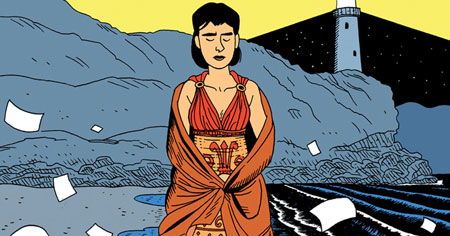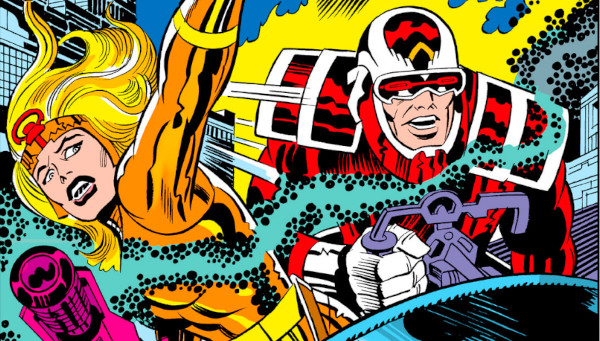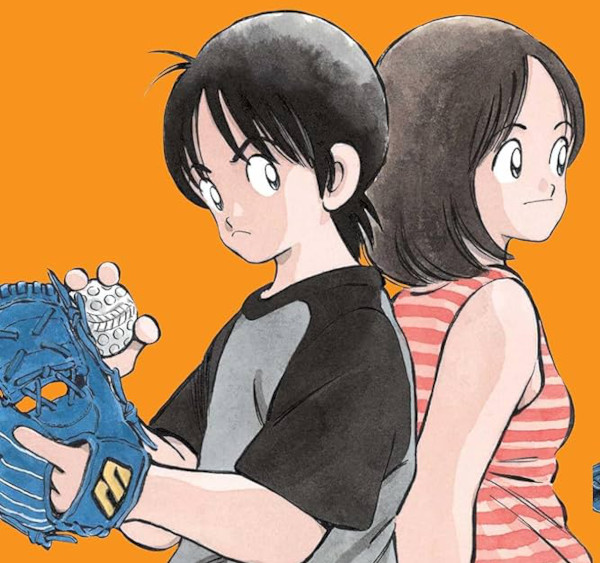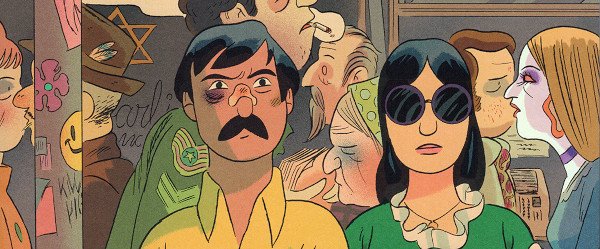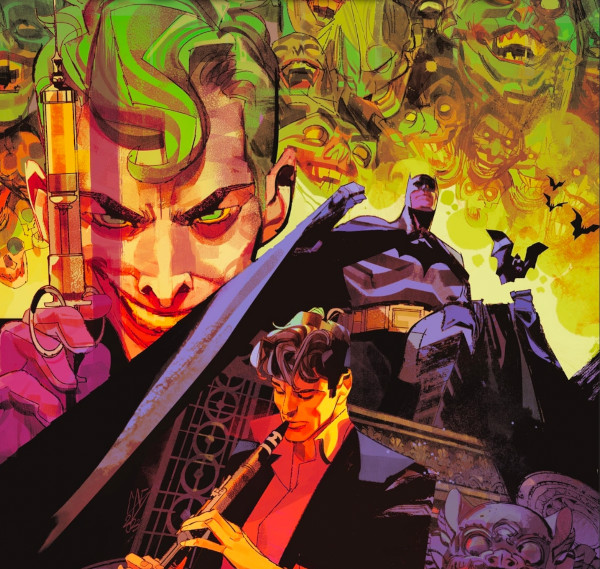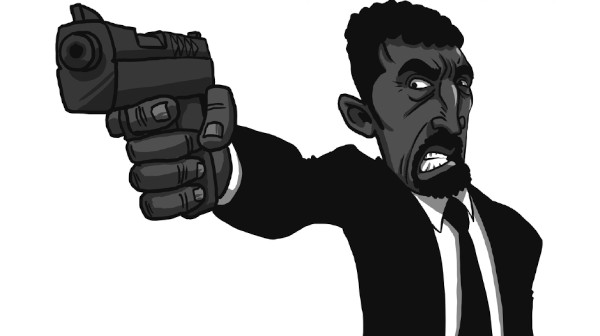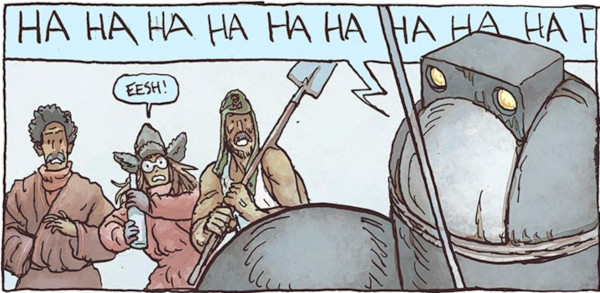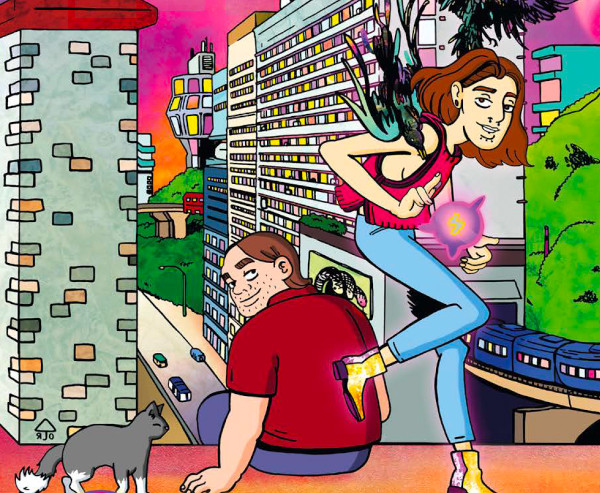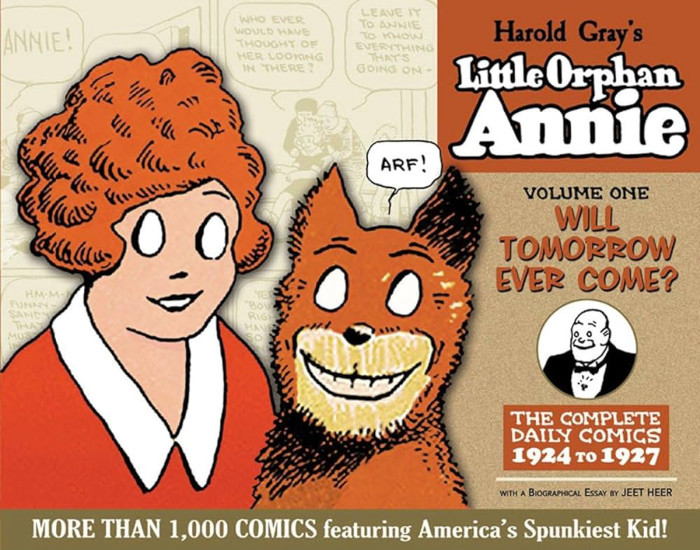
FLASHBACK! Harold Gray’s Little Orphan Annie debuted in 1924 and was a big success. FDR having not yet turned him against organized labor, Gray shows hardworking Annie going on strike in one of her many jobs. Tim and Kumar discuss the ’20s strips, their strengths and idiosyncrasies (one strip=one day?!), and how Gray’s outlook changed later. In observance of the strip’s 100th anniversary, we re-present this episode! (Originally published September 26, 2011.)
Brought to you by:
Podcast: Play in new window | Download


